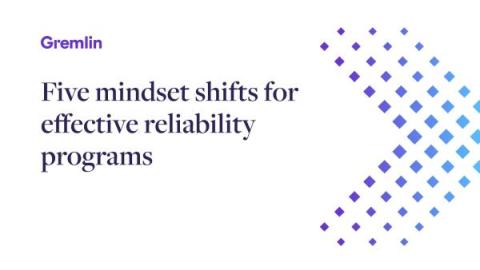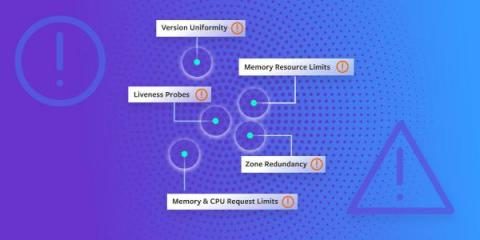Release Roundup Sept 2023: Measurably improve reliability
It’s been another busy few months here at Gremlin. Overall, our team has been working on feature improvements to enable teams to measurably improve the reliability of their systems, whether that’s through broadening platform support so you can run Gremlin in more places, making it easier than ever to identify reliability risks, or improving reporting so you can manage reliability programs effectively at enterprise scale. Here’s a summary of what’s new.











